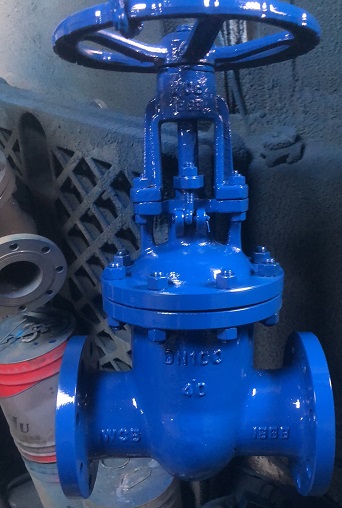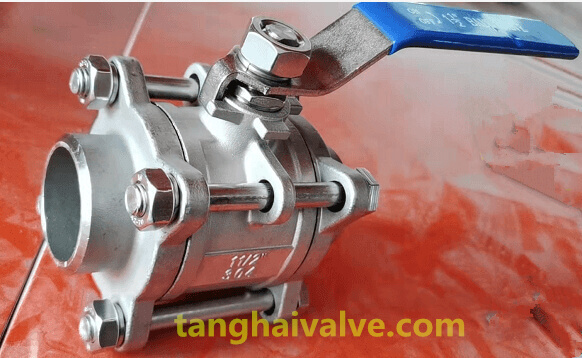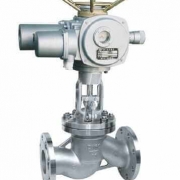Difference between forged valve and cast valve
What is the difference between a forged valve and a cast valve? This article will explain to you how to distinguish between forged and cast valves.

PN40-DN100 cast steel WCB gate valve photo
forged valve:
Forged valves are forged and forged, and are generally used on high-grade pipelines with relatively small diameters, generally below DN50.
1. Forging: It is a processing method that uses a forging machine to apply pressure to a metal blank to cause plastic deformation to obtain a forging with certain mechanical properties, certain shape and size.
2. Forging materials are mainly carbon steel and alloy steel of various compositions, followed by aluminum, magnesium, titanium, copper, etc. and their alloys. The original state of the material is bar, ingot, metal powder and liquid metal. The ratio of the cross-sectional area of the metal before deformation to the die cross-sectional area after deformation is called the forging ratio. Correct selection of forging ratio has a lot to do with improving product quality and reducing costs.
Cast valve:
Casting valves are valves made by casting. Generally, the pressure levels of cast valves are relatively low (such as PN16, PN25, PN40, but there are also high-pressure ones, which can reach 1500Lb, 2500Lb), and most of the calibers are above DN50.
1. Casting: It is the process of smelting metal into a liquid that meets certain requirements and pouring it into a mold. After cooling, solidification, and cleaning, a casting (part or blank) with predetermined shape, size and performance is obtained. The basic technology of modern machinery manufacturing industry.

forged ball valve-3pcs-high PN
2. The cost of the blank produced by casting is low, and it is more economical for parts with complex shapes, especially with complex inner cavities; at the same time, it has wide adaptability and good comprehensive mechanical properties.
3. Materials (such as metal, wood, fuel, molding materials, etc.) and equipment (such as metallurgical furnaces, sand mixers, molding machines, core making machines, shakeout machines, shot blasting machines, cast iron plates, etc.) required for foundry production ) more, and will produce dust, harmful gas and noise and pollute the environment.
TH Valve is a professional manufacturer of butterfly valve, gate valve, check valve, globe valve, knife gate valve, ball valve with API, JIS, DIN standard, used in Oil, Gas, Marine industry, Water supply and drainage, fire fighting, shipbuilding, water treatment and other systems, with Nominal Diameter of DN50 to DN1200, NBR/EPDM/VITON, Certificates & Approvals: DNV-GL, Lloyds, DNV, BV, API, ABS, CCS. Standards: EN 593, API609, API6D
Video of center-lined butterfly valve: https://youtu.be/NuSZH_AJcwY
Video of resilient seated gate valve: https://youtu.be/AI-LT1dy2sU
Related news/knowledge:
cast steel gate valve vs stainless steel gate valve
The difference between carbon steel and cast steel
Valve material and valve standards-(1)

 tanghaivalve.com
tanghaivalve.com

 © Copyright 2020 Tianjin Tanghaidongyang Valve Co., Ltd. All Rights Reserved.
© Copyright 2020 Tianjin Tanghaidongyang Valve Co., Ltd. All Rights Reserved.